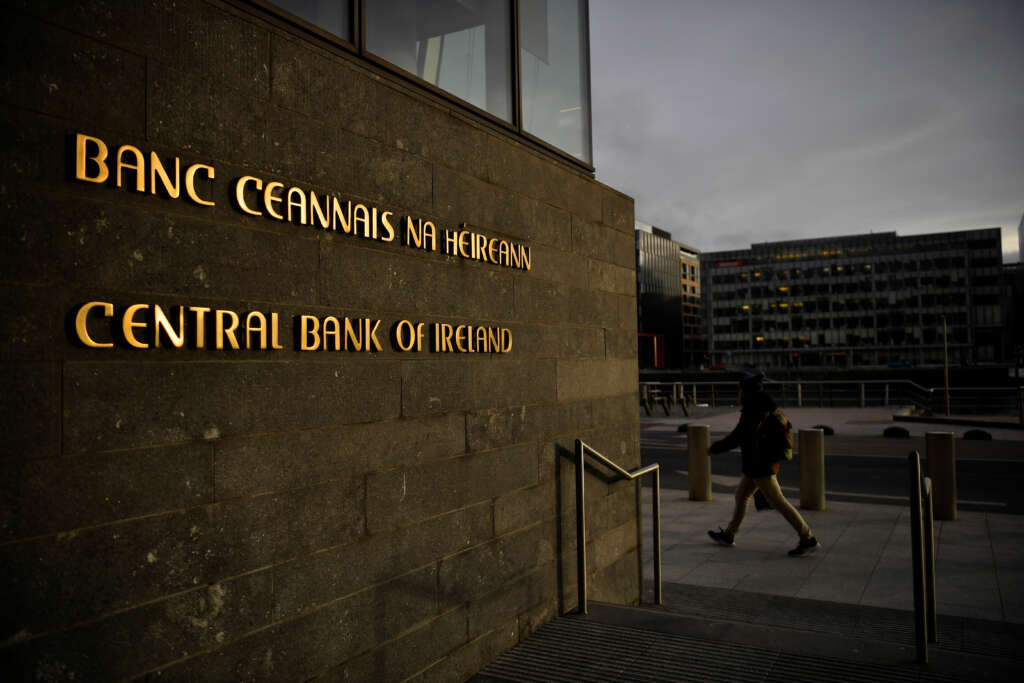
By Conor Humphries
DUBLIN (Reuters) -Ireland’s central bank is to ease mortgage-lending limits to allow first-time property buyers to borrow up to four times their income, in a move it said could help meet growing building costs but could also modestly push up prices.
The central bank introduced limits in 2015 capping how much banks can lend for the purchase of a home relative to its value and the borrower’s income in a bid to prevent a repeat of excessive lending that devastated the economy over a decade ago.
Central Bank Governor Gabriel Makhlouf said an increase in financial stability in Ireland since then had given the bank the space for a “targeted recalibration”.
Lenders can now offer loans only up to 3.5 times the income of first-time buyers. That is set to rise to four times from January, the bank said. The 3.5 times limit will remain for other buyers in what are among the strictest such limits in the European Union.
The bank also raised the loan-to-value limit for those buying for the second time to 90% from 80%, putting them in line with current limits for first-time buyers.
Makhlouf told journalists the changes would make it a little bit easier for first-time buyers to buy a property.
He said, however, that the changes were designed to manage financial stability and not to increase supply.
Rising interest rates, which increase the cost of mortgages, were not a factor, he said, adding that the changes could lead to a “modest increase” in house prices.
The central bank has been criticised by some politicians for leaving many young people trapped spending far more of their income on rent than the rules deem as sustainable for a mortgage application.
The central bank’s director of economics and statistics Mark Cassidy said the impact of the changes on housing supply were likely to be “marginal to negligible.”
(Reporting by Conor Humphries and Padraic HalpinEditing by Nick Macfie and Peter Graff)


